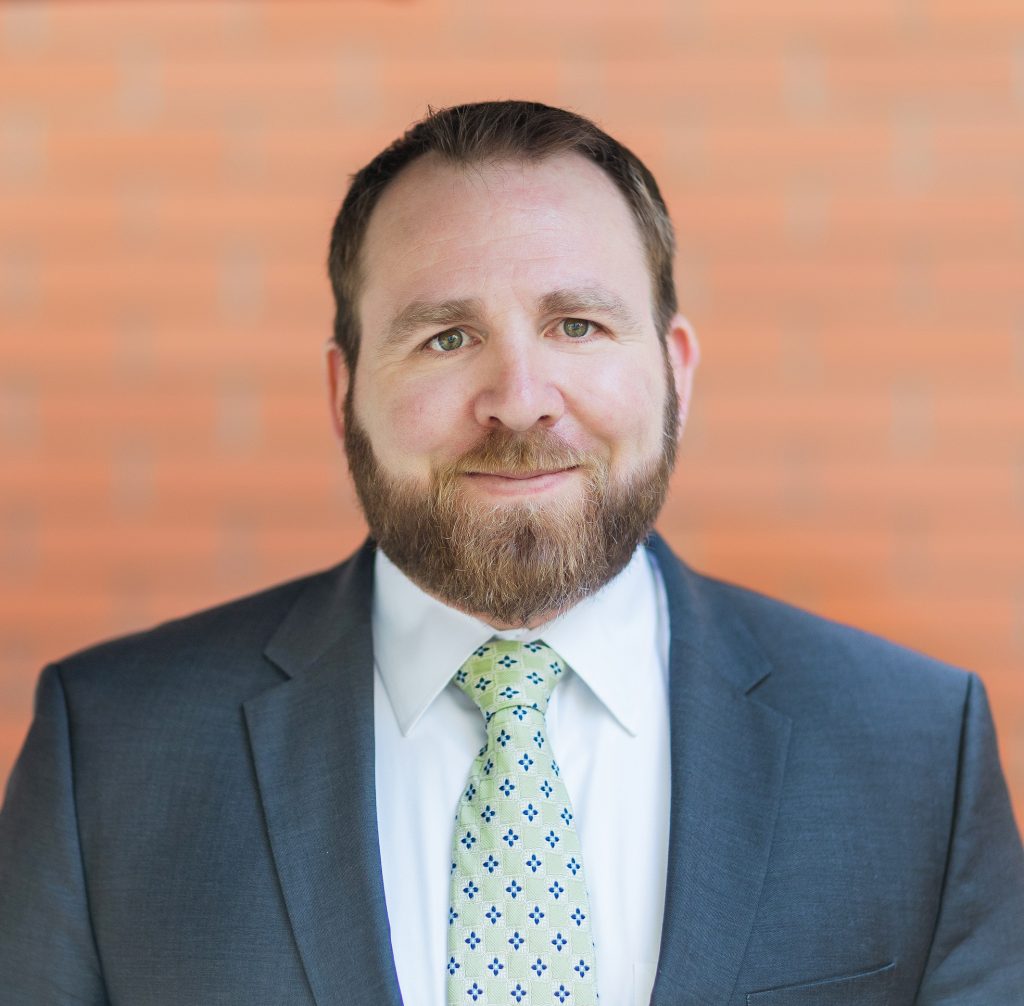No Rest for the Weary – DOL Adds to Q&A Guidance
The Department of Labor continues to issue guidance on the Families First Coronavirus Response Act. Following issuance on April 1, 2020 of its “temporary final regulations” implementing the FFCRA’s paid leave mandates, the DOL has now added to its extensive Questions and Answers resource, providing further insight into the regulations. We note the following items of particular interest:
Summary of FFCRA’s Leave Mandates: As we detailed in our FFCRA E-lert as well as our FAQs, the FFCRA contains two paid leave mandates:
- The Emergency Paid Sick Leave (E-PSL) Act provides 80 hours (full-time employees) or “two weeks” (part-time employees) of paid leave at the greater of the employee’s regular rate or the applicable minimum wage, to a maximum of $511 per day and a total of $5,110, if the employee is unable to work or telework for the following reasons:
- The employee is subject to federal, state, or local quarantine or isolation order
- A health care provider (meaning a licensed doctor of medicine, nurse practitioner, or other health care provider permitted to issue a certification for purposes of the Family and Medical Leave Act) has advised the employee to self-quarantine
- The employee has symptoms of COVID-19 and is seeking diagnosis
E-PSL may be paid at 2/3 the greater of the employee’s regular rate or the applicable minimum wage, to a maximum of $200 per day and a total of $2,000, to an employee who is unable to work or telework for any of the following reasons:
-
- The employee is caring for an individual under quarantine
- A child’s school or place of care is closed or the child care provider is unavailable due to COVID-19
- Some other substantially similar condition specified by the Secretary of HHS in consultation with the Secretaries of Labor and Treasury (not yet defined)
- The Emergency Family and Medical Leave Act (E-FMLA) allows employees to use their 12 weeks of FMLA leave (and grants such leave to certain previously ineligible employees) if they are unable to work or telework because they have a bona fide need to care for a child because of the COVID-19-related closure of the child’s school or child care facility, or the unavailability of a child care provider. After the first “ten days” of unpaid FMLA leave (which may be covered by E-PSL or other paid leave, at the employee’s choice), the remainder of E-FMLA leave is paid at 2/3 of the employee’s regular rate, up to a maximum of $200 per day, and $10,000 in total.
New Q&As: The DOL either reiterated or further explained some of the provisions contained in the newly-release regulations.
“Quarantine or Isolation Orders” Include Shelter-in-Place and Stay-at-Home Orders. As the DOL set forth in its regulations, a quarantine or isolation order includes not only the statutory directives to an individual or group from a public health authority, but also “shelter-in-place” and “stay-at-home” orders that have been issued by various state governors and local authorities. The issuance of such an order does not, however, automatically entitle the employee to E-PSL. The employer must have work that, due to the order, the employee cannot perform. If the employer does not have work because of the order (e.g. the employer has closed down, or has laid off or furloughed employees), the employee may not take E-PSL. They may, however, be entitled to unemployment insurance benefits.
Self-Quarantines. The DOL reiterates that, in order to trigger E-PSL, a health care provider must direct or advise the employee to quarantine themselves because the provider believes that the employee has COVID-19 or may be particularly vulnerable to COVID-19. Again, the order of quarantine itself does not entitle the employee to FFCRA leave. The employee must be unable to work – including telework – due to the quarantine.
The DOL further states that an employee who unilaterally chooses to self-quarantine without seeking a diagnosis or the advice of a health care provider is not entitled to E-PSL, even if the employee has COVID-19 symptoms. The DOL also warns that employees may not take E-PSL for illnesses unrelated to COVID-19.
Caring for an Individual in Quarantine. The DOL explains that an employee may take E-PSL if they are unable to work/telework due to the need to care for an individual whose health care provider has advised self-quarantine if: (1) the individual is unable to care for themselves, (2) the individual depends on the employee for care, and (3) providing the care prevents the employee from working, including teleworking. The DOL emphasizes that the individual must “genuinely need” the employee’s care.
The DOL also defines who is an “individual” for whom care can be provided by the employee:
- an immediate family member
- someone regularly residing in the employee’s home
- someone whose relationship creates an expectation that the employee would care for that person and the person depends on the employee for care during the quarantine (this can include a child who is not the employee’s child, as long as this criteria is met)
The DOL emphasizes that an employee may not take E-PSL to care for someone with whom they have no relationship. And they may not take E-PSL to care for someone who does not expect or depend on the employee’s care.
Closure of School/Place of Care or Unavailability of Child Care Provider. Two E-PSL reasons apply when an employee needs to care for their child: (1) if the child (of any age) is quarantined, or (2) if the child’s school or place of care is closed or a child care provider is unavailable. The DOL notes that the latter reason applies only to children 18 years or younger, unless the older child has a disability and cannot care for themselves due to that disability. It also only applies to the employee’s own child (although note that the definition of “son or daughter” under the FMLA is quite broad, including those for whom the employee stands “in loco parentis” – i.e. acts as a parent, even without a formal or legal relationship).
The DOL defines “place of care” as a physical location in which care is provided for the child, but it does not have to be solely dedicated to such care. Examples include day care facilities, preschools, before- and after-school programs, schools, homes, summer camps and enrichment programs, and respite care programs. “Child care provider” is anyone who cares for the child on a regular basis, including those who are paid (e.g. nannies, au pairs, or babysitters) and those who are unlicensed and unpaid (e.g. grandparents, other relatives, or neighbors).
Again, the right to take leave because of a school/child care closure or unavailability of a care provider is not automatic. The DOL emphasizes that an employee may take E-PSL or E-FMLA in such a situation “only when you need to, and actually are, caring for your child” and the employee is therefore unable to work/telework. The DOL goes on to state, “Generally, you do not need to take such leave if a co-parent, co-guardian, or your usual child care provider is available to provide the care your child needs.”
The DOL confirms that a school or place of care is “closed” when the physical location is closed, even if instruction is being provided online or through “distance learning.”
Staffing Companies. The DOL specifically informs staffing companies that they must count and provide FFCRA leave to employees on their payroll, regardless of whether they are internal workers or they are staffed workers that are provided/referred to other employers, even if the latter are considered joint employees with the other employer.
Seasonal Employees with an Irregular Schedule. The DOL sets forth the calculation of pay for such employees:
- First, calculate the hours of leave the employee is entitled to take per day, which is the average number of hours per day they were scheduled to work over the past six months (or total period of employment if less than six months)
- Second, calculate the regular hourly rate of pay by adding up all wages paid over the period of employment , up to the last six months, and dividing the total by the number of hours actually worked over the same period.
- Third, multiply the daily hours (from #1) by the regular hourly rate (from #2) for the base daily paid leave amount.
- Fourth, determine the actual paid leave amount, depending on the type of leave – for personal reasons, it is full pay up to $511 per day, and for family reasons it is 2/3 pay up to $200 per day.
The DOL notes that if the seasonal employee is not scheduled to work (because it is the off-season, for example), then the employee is not entitled to either E-PSL or E-FMLA.
Employees Receiving Workers’ Compensation or Temporary Disability Benefits. An employee who is receiving such benefits through an employer- or state-provided plan may not take any kind of paid leave under the FFCRA, if they are unable to work. They may be eligible for FFCRA leave if they are on light duty.
Employees on a Leave of Absence. Whether an employee on a leave of absence may take FFCRA paid leave depends on whether the leave is voluntary or mandatory. According to the DOL, if it is voluntary, the employee may end the leave and begin taking either E-PSL or E-FMLA if a qualifying reason prevents them from being able to work/telework. If the leave is mandatory, however, the employee may not take FFCRA leave. The DOL notes that, under the latter circumstance, the employee may be eligible for unemployment insurance benefits.
Temporary Non-Enforcement and Compliance. As previously announced, the DOL has instituted a temporary non-enforcement period running through April 17, 2020. Employers must still comply with the FFCRA, but the DOL will not take enforcement action for violations as long as the employer has made “reasonable, good faith efforts to comply with the Act.” Even during this period, the DOL may take enforcement action against an employer who willfully violates the FFCRA, fails to provide a written commitment to future compliance with the FFCRA, or fails to remedy a violation after notification by the DOL.
Next Steps for Employers. Covered employers should already be implementing policies and protocols to comply with both the E-PSL and E-FMLA mandates, and should ensure that the mandatory notice (which is also available in Spanish, and now Korean) has been posted/otherwise provided to their employees. This is obviously a fast-moving and ever-changing situation, and we will continue to send out E-Lerts on any significant developments. You may also wish to check our FAQs frequently, which we continually update.







